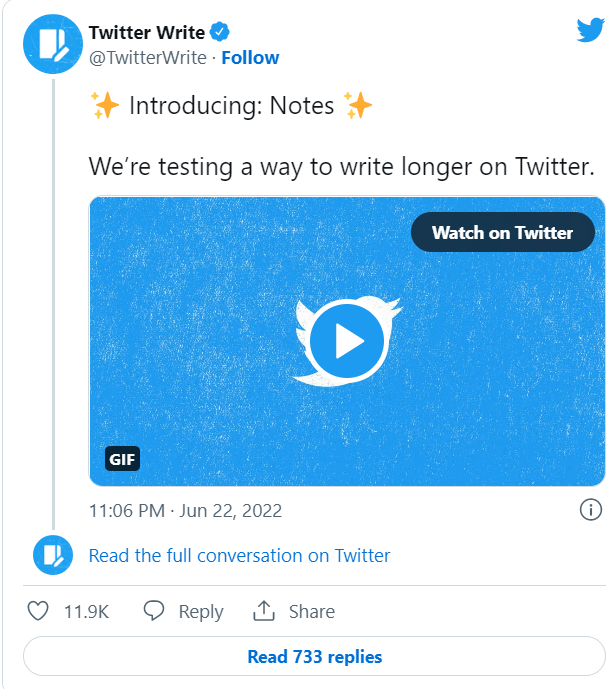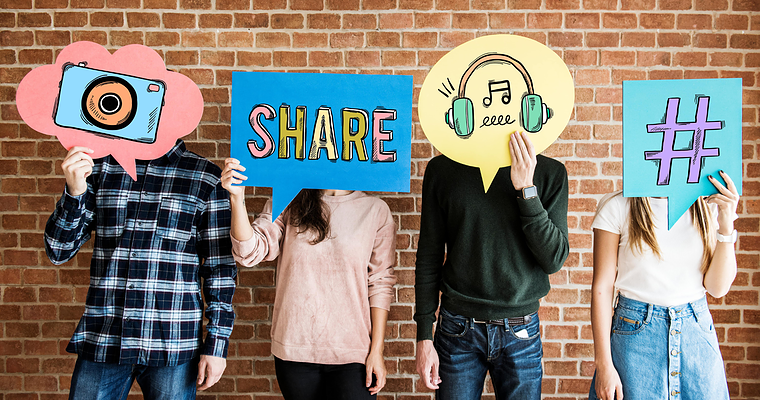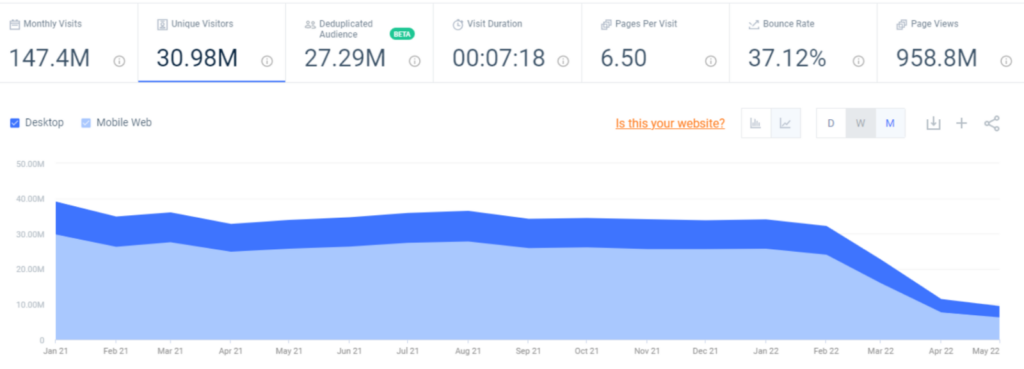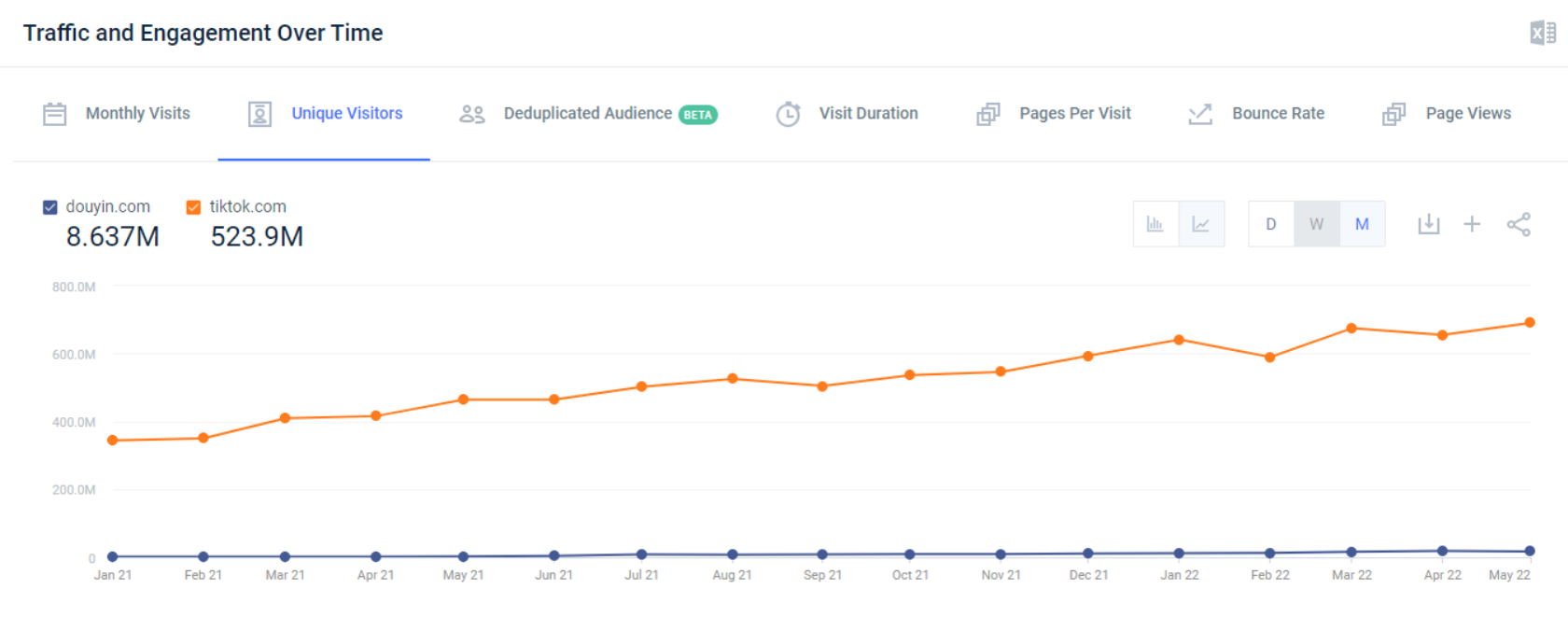
Twitter testing Notes, a long-form content feature
Twitter is testing a new feature that would eliminate the constraints of its 280-character tweet limit and allow users to publish long-form tweets.
Twitter confirmed the test via a tweet.

When this will become available to all Twitter users? It’s unclear. Twitter noted: “We’re excited for the moment when everyone can use Notes, but for now, our focus is on building it right. A large part of that is engaging with writers and building community.”
For now, Twitter plans to test it over the next two months with a small group of writers from Canada, Ghana, the UK, and the U.S.
Why do we care? This could be the solution to those long Twitter threads, introduced in 2017. While those numbered threads had the ability to generate more engagement (e.g., reactions, replies), they were also incredibly hard to follow – especially spin-off conversations.
What it looks like. In Twitter Notes, it looks like you will be able to add:
- Formatting: Bold, italic, and strikethrough text; insert ordered/unordered lists; add links.
- Media: You can add one GIF, one video, or up to four images.
- Tweets: You can either embed tweets by pasting URLs or from bookmarked tweets.
Notes also have a “Focus mode,” that makes the article composer full-screen.
The continued homogenization of social media platforms. Just about every platform right now is trying to duplicate popular features from other platforms (especially TikTok) in an effort to stay relevant. Twitter is no exception.
But this new-to-Twitter feature – if it becomes widely adopted – would basically put an end to what initially made Twitter unique: its reliance on brevity.
Source: Twitter testing Notes, a long-form content feature
Meta unveils new policy to fight fake reviews
Meta has unveiled a new community feedback policy in the U.S.
It targets fake reviews that appear on its Ratings and Review or Question and Answers features on Marketplace and Shops.
Why Meta created the policy. Meta said it wants reviews to be based on real purchase experiences from real customers and “to keep irrelevant, fraudulent and offensive feedback of our platforms.”
The policy. Meta has put together a list of five things that could get reviews flagged:
- Manipulation. Community Feedback must not be used to misrepresent, deceive, defraud or exploit others for a financial or personal benefit.
- Incentivization. Community Feedback must not be directly or indirectly incentivized unless otherwise disclosed and compliant with Meta’s policies on Branded Content. We define incentivization as a business partner or seller providing something of value, such as a monetary payment, free gift, or refund, in exchange for Community Feedback ratings, reviews, or answers.
- Irrelevance. Community Feedback must be based on a reviewer’s direct experience with a product, business, or seller. Additionally, the feedback must be related to the intended use of the product and/or business.
- Graphic or Inappropriate Content. Community Feedback must not include any content or media that is excessively graphic, inflammatory, violent, discriminatory or threatening to any person or group.
- Spam. Community Feedback must comply with Meta’s policies on Spam. Including, but not limited to engagement bating, high-frequency content posting, sharing, or promoting is not allowed.
You can view the policy here.
How Meta will enforce the policy. Meta said it will use a mix of automation and human reviewers. And based on this passage from their announcement, it sounds like we can all expect some false positives – and more “Facebook jail” sentences – as Meta tries to figure this out.
Source: Meta unveils new policy to fight fake reviews
A Guide To Social Media Algorithms & How They Work

Why do so many marketers keep asking, “How do social media algorithms work?” Because the algorithms for the major platforms can change quickly.
But, marketers should also keep asking, “Which social media platforms have the most users?” Because that data can change frequently, as well.
So, here are the latest answers to the first question about the algorithms for the eight platforms that you should be considering today.
Spoiler alert: This update contains some surprising shifts in the latest data on monthly unique visitors, monthly visits, and monthly average visit duration from SimilarWeb.
How Does The YouTube Algorithm Work?
YouTube got 1.953 billion unique visitors worldwide in May 2022. The platform received 35.083 billion monthly visits that month with an average visit duration of 21:41.
Now, some social media marketers may be shocked, shocked to find YouTube ranking ahead of Facebook.
But, SimilarWeb’s data above is only for desktop and mobile web channels. It doesn’t include data for connected TVs, which became the fastest-growing screen among YouTube viewers in 2020.
YouTube’s search and discovery systems tackle this challenge by paying close attention to:
- What viewers watch.
- What they don’t watch.
- How much time do they spend watching?
- What do they share and like?
How Does The Facebook Algorithm Work?
Facebook got only 1.620 billion unique visitors worldwide in May. The platform received 19.739 billion visits that month with an average session duration of 10:05.
Now, Facebook’s unique visitors started dipping worldwide in February 2022.
But, as you can see in the chart below, there was a substantial drop in unique visitors in Russia in early March, after Russia blocked Facebook in an effort to control the spread of information on the invasion of Ukraine.

Screenshot courtesy of Similarweb, June 2022
This had a negative impact on Facebook’s total unique visitors worldwide, which were already losing momentum. Nevertheless, the platform is still too big to ignore.
And she summarized half a dozen of the biggest changes Facebook had made in 2021 to give users more control over, and insight into, how content appears in their News Feed.
This included publishing a new series of Widely Viewed Content Reports to share what content is seen by the most people in News Feed in the U.S.
How Does The Instagram Algorithm Work?
Instagram got 1.050 billion unique visitors worldwide in May. The platform received 6.497 billion visits that month with an average session duration of 07:51.
Russia has also banned Instagram, but the growth in unique visitors from other countries around the world has offset that.
So, you still need to know how Instagram’s algorithms work.
How Does The Twitter Algorithm Work?
Twitter got 979 million unique visitors worldwide in May. The platform received 7.056 billion visits that month with an average session duration of 10.39.
This data does not screen for fake or spam accounts. Nevertheless, it’s worth investing the time and effort to keep up with how Twitter’s algorithm works.
Like most social media platforms, Twitter has multiple algorithms.
Twitter says its “algorithmic Home timeline displays a stream of Tweets from accounts you have chosen to follow on Twitter, as well as recommendations of other content we think you might be interested in based on accounts you interact with frequently, Tweets you engage with, and more.”
If users want to, they can click on the star symbol to see the latest Tweets as they happen. But, few people choose to drink water from a firehose.
How Does The TikTok Algorithm Work?
TikTok got 690 million monthly visitors worldwide in May. The platform received 1.766 billion visits that month with an average session duration of 03:48.
This data doesn’t include Douyin.com, which is counted separately. But, as the chart below illustrates, TikTok.com gets about 98% of the unique visitors worldwide for both of the ByteDance apps.

How Does The Pinterest Algorithm Work?
Pinterest got 409 million unique visitors worldwide in May. The platform received 945 million visits that month with an average session duration of 05:29.
With Instagram declaring it is “no longer just a square photo-sharing app,” this is the time to learn how Pinterest’s algorithm works.
The ranking factors on Pinterest relate more to engagement metrics and social shares, but it also involves keywords.
How Does The LinkedIn Algorithm Work?
LinkedIn got 306 million unique visitors worldwide in May. The platform received 1.479 billion visits that month with an average session duration of 07:32.
So, social media marketers – especially ones at B2B organizations – need to know how LinkedIn’s algorithm works.
How does LinkedIn’s algorithm know if a conversation is valuable? It uses the following framework:
- People you know
- Talking about
- Things you care about
How Does The Reddit Algorithm Work?
Here’s how each sort option recommends content:
- “Hot” ranks using votes and postage.
- “New” displays the most recently published posts.
- “Top” shows users the highest vote count posts from a specified time range.
- “Controversial” shows posts with both high count upvotes and downvotes.
- “Rising” populates posts with lots of recent votes and comments.
- ‘Best” uses machine learning algorithms to personalize the order in which users see posts.
Source: A Guide To Social Media Algorithms & How They Work
Google News becoming more customizable for desktop

Google News recently launched the latest version of the desktop. The recent updates disclose the; addition of new filters, custom topics, and fact checks. The new look has received much feedback.
The redesign outlay was out on the 20th anniversary. Google News was one of the earliest tools for news online.
The updated version of Google News detailed new filters. This will also help readers to select filters of their interested field. You can add a local news section and set up multiple locations to get direct news from those locations.
The other new feature in Google News is the “Customizable Topics”. This feature will let the user customize Google News with important topics of their interest. It will also let you add and remove topics from your daily dose. All of it with just clicking on the blue customize button.
Source: Google News becoming more customizable for desktop
More news:
Now You Can Add Corrections To YouTube Videos After Publishing